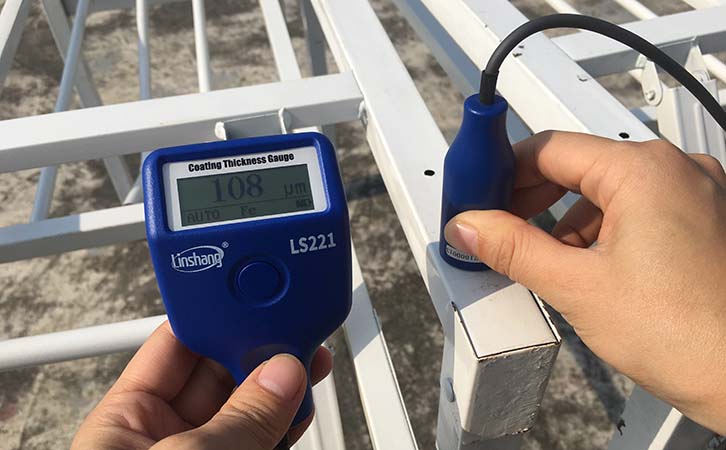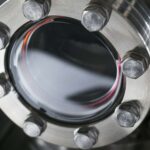The thickness of nonmetallic coatings on metal substrates can be determined simply from the effect of liftoff on impedance. This method has widespread use for measuring thickness of paint and plastic coatings. The coating serves as a spacer between the probe and the conductive surface. As the distance between the probe and the conductive base metal increases, the eddy current field strength decreases because less of the probe’s magnetic field can interact with the base metal. Thicknesses between 0.5 and 25 µm can be measured to an accuracy between 10% for lower values and 4% for higher values. Contributions to impedance changes due to conductivity variations should be phased out, unless it is known that conductivity variations are negligible, as normally found at higher frequencies.

Fairly precise measurements can be made with a standard eddy current flaw detector and a calibration specimen. The probe is nulled in air and the direction of the lift-off signal is established. The location of the signal is marked on the screen as the probe is placed on the calibration specimen in areas of decreasing coating thickness. When the probe is placed on the test surface, the position of the signal will move from the air null position to a point that can be correlated to the calibration markings.

Specialized eddy current coating thickness detectors are also available and are often pocket-sized with the probe resembling a small pencil. They are usually operated by a small battery and provide a digital read-out in the appropriate units. Calibration adjustments, some of which are laid down by standards such as BS EN 2360 (1995) and ASTM B 244 and E 376, may be assisted by the use of an inbuilt microprocessor.


